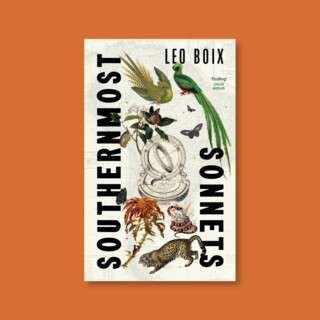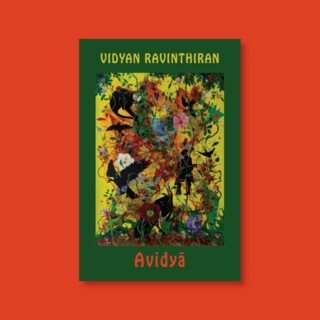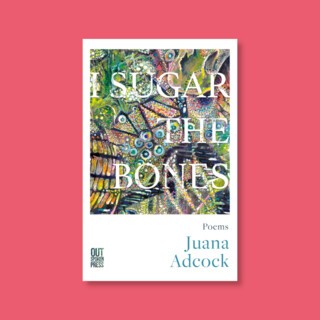‘When I write about the past, I get ideas about the present’: A Q&A with Dana Spiotta
Posted by Dana Spiotta

EVENT: Dana Spiotta will be at the shop to discuss her work with critic Alex Clark on Thursday 17 August. Book tickets here.
Your books often take place in the recent past - from sometime in the 1970s up to the 90s. What is it about that era that attracts you? You manage to evoke that remembered past without falling into the trap of nostalgia - is that something you're conscious of trying to avoid when you write?
I am fascinated by slightly out-dated technology and the recent past. I don’t really know why. Maybe because it is close enough to remember but far away enough to be estranged, which makes it easier to see clearly. I do know that when I write about the past, I get ideas about the present. What we discarded or what is now obsolete tells us a lot about who we are as a culture. And what we value (often velocity trumps everything, but not always). I am glad it doesn’t seem nostalgic. I try not to be sentimental about anything I write about, but I have to admit I do fetishize some old crap, like phones. Cameras. Plastic objects. I like to hold objects in my hand in order to imagine the life around them. In this book, and in the others, I approach writing about technology by focusing on the thinginess of tech objects. Of what it feels like on our bodies to use something, a Viewmaster or a Super 8 camera or a Swatchphone. Yes, I spend a lot of time on ebay and in junk shops.
The two main characters in Innocents and Others, Meadow and Carrie, are both film makers, and films–both real and fictional–are central to the book. Exploring what is primarily a visual form on the page can be difficult, but here it's never less than fascinating. Can you talk about your approach to this?
I like the challenge of making ‘visual’ things out of prose. I describe both imaginary films and real films in this book, which was really exciting to write. One inspired the other. I would watch a film over and over to figure out what details I wanted to describe, and that would also give me ideas for made-up films. Of course all of these things are tethered to and grow out of the characters in the book, what they would notice in a film. I have always been interested in precisely how we experience art—in this book film, but in my last book music—and how our consciousness interacts with what we are watching by bringing in various associations and emotions. Novels are very good at depicting consciousness, the feeling of a mind. It feels very dynamic for me, being intimate with a character as they watch and listen; you get the drama of the images and narrative in the film, but you also get the drama of the person reacting to it—characters who build their identities out of these cultural referents.
There's been a welcome trend recently for novels that involve nuanced portraits of female friendship – Elena Ferrante's Neapolitan novels being the prime example. Do you feel like Meadow and Carrie's story fits into this narrative?
It never occurred to me that this was a trend until I published this book, but I do think the Ferrante phenomenon means that we all notice female friendships more. I am drawn to non-romantic relationships as a subject because they get less attention. Siblings in Stone Arabia and friends in Innocents and Others. Life-long friends in particular remind you of who you used to be and keep you humble. And, unlike a marriage, they can be uneven and lopsided and not have to end. At a certain point you can’t really discard them even if you have grown apart in some ways. I wanted to be honest about the power dynamics and competition that happens in some friendships. Those dynamics can be good and bad.
What inspired me for this book: Nicole Holofcener and her films about women, particularly Walking and Talking and Friends with Money. I love how flawed and complicated those women are and how they talk to one another. I was a little obsessed with Robert Altman’s amazing film 3 Women when I was writing this book. Sissy Spacek and Shelley Duvall are mesmerizing, hilarious – not a healthy friendship, ha ha. And of course the girls in Věra Chytilová’s Daisies, which is described in the book.
The most fascinating character in the novel for me was Jelly - a sort of proto-catfisher who seduces men via prank calls. [Read part of Jelly's story in this extract in the New Yorker]. Can you talk about where the inspiration for this storyline came from?
I had seen the film Catfish, a documentary about an older woman who pretends to be someone she isn’t on the internet. It is made from the point of view of the man who is duped. I was moved and disturbed by the film, and I found myself relating to the woman, even though she is undeniably deceitful. I connected this to another person, ‘Miranda’, whom I had read about back in 1999 in a riveting article by Bryan Burrough. She was a pre-internet catfisher who called famous men in Hollywood in the 1980s. I found her fascinating because she supposedly didn’t use explicitly sexual talk to seduce men. She did it with her laugh and her conversation. How would that work, exactly? Again, that story was necessarily told from the man’s point of view. I wanted to imagine the woman’s point of view. All catfishers, of course, are con artists. But I wondered about their endgame, because clearly the outcome is fixed from the beginning—it can’t possibly work out in real life. And unlike other con artists, they aren’t lying to get money. So for what? Love? Power? Connection? And that was how I started imagining my character Jelly. The outline inspired by ‘Miranda’, but the in-line, the interior life, from me. As I imagined her, her thoughts and her motivations, she changed and revealed herself. She was smart but unlucky, and her sensuality was profound but oddly alienated from her own body. I discovered that although she was lying to her marks, she was also empathic and truly intimate with them.
Dana Spiotta will be at the Bookshop on Thursday 17 August. Book tickets here.




